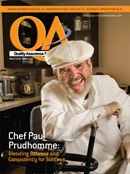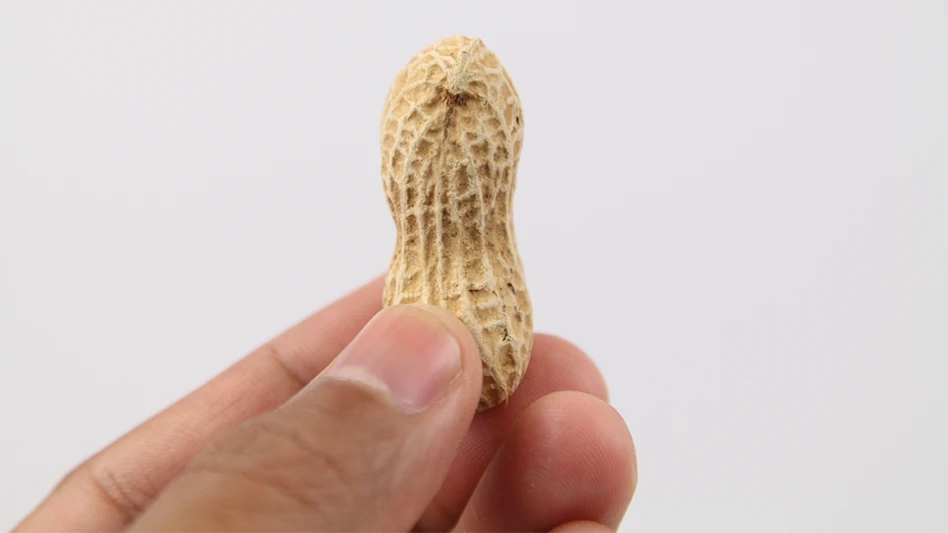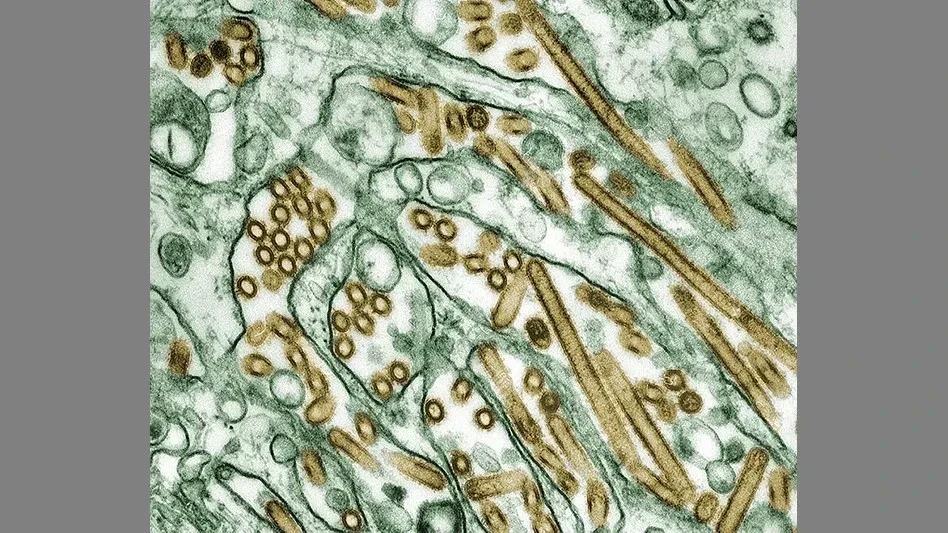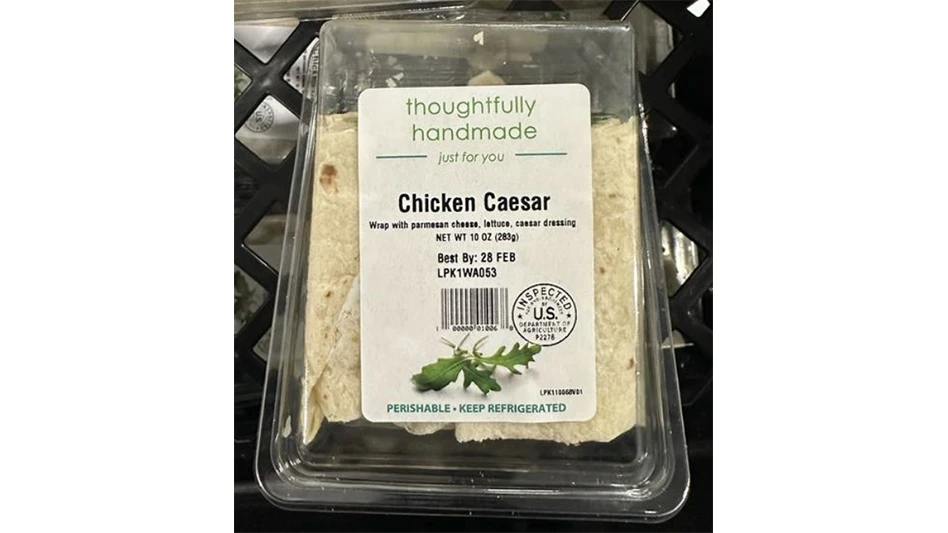Author’s note: Ants remain one of the most prevalent and widespread pests that pest management personnel encounter and work to eliminate. It seems like every time we turn around a new pest ant species is in the news, especially in warmer, more tropical U.S. climates. When it comes to control measures, each new species emergence brings a new set of rules. For quite some time, baiting for ants has been an effective, although time-consuming, control measure. As with any pest baiting strategy, getting the target pest to “take the bait” is the first step towards effective control. Understanding ant feeding behavior is therefore one of the most important areas of study that developers of ant control products have had to undertake in order to create baits that ants will actually consume and carry back to the colony. Having a general understanding of how ants find, consume and transport food to other colony members involves a series of complex behaviors. What follows is an overview of ant feeding behavior.
From an evolutionary standpoint, ants are one of the more developed and complex pest groups that pest management professionals must deal with on a regular basis. Ant species exist as colonies in which individuals are capable of communicating with each other in order to search for, find and exploit food sources in their environment. Ants have developed and fine-tuned these survival skills over hundreds of millions of years.
Scientists have studied the feeding behavior of ants for decades. E.O. Wilson, the world famous biologist and myrmecologist, aptly described the ant colony as a “super organism,” suggesting that if you step away from observing individual ant behaviors and take a blurred focus of the entire colony, it appears to operate as a single being. Individual worker ants communicate with each other with a complex set of chemical and physical cues that may dictate the location, quality or quantity of a food source, the location of an enemy, or a general warning to be on alert for “danger.”
NOT A MONARCHY. One commonly perpetuated fallacy of the ant colony is that its day-to-day activities are controlled by the queen. Many conditions govern the activity that occurs within a colony. Environmental conditions (temperature and humidity), nutritional status, what foods or substances individual ants are fed, and seasonality, are just a few; however, the queen or queens of most ant colonies are not responsible for controlling or “ruling” over the colony.
The queen or queens are (in most ant species) little more than slaves or prisoners, existing for one primary reason — to produce eggs that will eventually develop into more ants. Needless to say, the level of complexity in behavior, communication and foraging for food makes understanding the basics about ant feeding behavior important.
This social behavior and communication between ants is perhaps the single greatest behavior to exploit with ant baiting programs. The fact that worker ants share food with each other as well as the non-foraging larvae in the colony creates a perfect scenario: Pest management personnel can apply ant baits with active ingredient that acts slow enough to allow ants to feed on it and share with other members of the colony prior to succumbing to the pesticide. In this fashion, one hit on a bait can result in the death of many members of the colony. Some products even claim elimination of the entire colony due to this phenomenon.
While having just one ant bait for all situations would certainly be desirable from the standpoint of convenience, its not always realistic for those PCOs that offer ant control services for a wide variety of pest species.
FEEDING STRATEGIES. The majority of ants are general predators or scavengers, feeding on a wide range of prey, including other arthropods and seeds. Adult ants feed exclusively on liquid foods. They collect these liquids from their prey or while tending (a.k.a., farming) other insects. Solid prey, that which is most often seen being carried by workers, generally is intended as food for larvae located back in the colony nest. Adults that remain in the nest, including the queen, receive much or all of their food directly from returning foragers through a process known as trophallaxis. While foraging, workers collect fluids that are stored in the upper part of their digestive system or crop. Upon returning to the nest, these workers regurgitate a portion of this stored fluid and pass it on to other workers.
HUNTERS AND GATHERERS. Individual species differ widely in their diets and may be carnivorous, herbivorous or omnivorous. Harvester ants eat and store seeds. Cultivation is practiced by certain ants that feed on fungi grown in the nest. The army ants of New World tropical regions and the driver ants of tropical Africa are carnivorous, nomadic species with no permanent nests. They travel in long columns, overrunning and devouring animals that cannot flee their path; the African species are even capable of consuming large mammals.
In general, ants show a preference for foraging either during the day or at night. In some groups, foraging will occur both during the day and at night, although there may be peaks of activity with fewer foragers active during other periods. In the arid zone, the foraging activities of many species are highly dependent on temperature. Some species are only active during the cool morning and evening hours, while others are active only during the hottest parts of the day.
COMMON FEEDING PREFERENCES. The ant colony is an efficient place. The oldest, most expendable workers are sent out to forage for food. This is, unfortunately for baits, usually only about 10 percent of the workers. These foraging ants will travel around the surrounding area of the nest until they locate a food source. Once a food source is located, they will take some of that food back to the colony or share with other foraging worker ants to recruit them to help harvest that particular food source. In doing so these worker ants may leave chemical trails (short-lived pheromones) to help other workers find their way to the new food resource.
Ants can be very selective in the foods they bring back to the colony. Most ants will feed on carbohydrates most of the year, some ants prefer protein, while still others prefer fats. However, note that feeding preferences can change based on the time of year or the current needs of the colony. It is even possible for feeding preferences to change from one time of the day to another, as this has been demonstrated in a number of our better-studied pest species. This fact points out that developing a single bait that will be acceptable at all times can prove difficult. Ant control strategies that rely on baits will use the ant’s natural behaviors of harvesting food in the environment and bringing it back to the colony to help destroy the colony. But this strategy only is effective if the toxic agent in the bait works slowly enough to make it to other workers to effect transfer of the toxicant throughout the colony.
CONCLUSION. In the past, some baits didn’t work well because they were targeting only one species of ant, which may have had feeding preferences different from the other pest ant species in a given area. Another reason for poor bait activity is that the bait uses a toxicant that does not allow enough time for the worker ants to share food through the colony; worker ants then die before they reach the nest and total colony control cannot be achieved. Finally, baits may not be offered in suitable quantities to work their way into large colonies in order to obtain colony collapse. If sufficient workers or larvae — or the queen — are not killed, the colony can recover and continue to thrive.
The author is an entomologist who lives in Racine, Wis.
References
Hedges, S.A. 1998. Field Guide for the Management of Structure-Infesting Ants, G.I.E. Inc., Publishers. Cleveland, Ohio.
Holldobler, B. & Wilson, E.O. 1991. The Ants. Harvard University Press. Cambridge, Massachusetts.
Mallis, A. 1990. Handbook of Pest Control 7th Edition. Franzak & Foster Co. Cleveland, Ohio

Explore the June 2008 Issue
Check out more from this issue and find your next story to read.
Latest from Quality Assurance & Food Safety
- Eagle Unveils Redesigned Pipeline X-ray System
- USDA Invests Up To $1 Billion to Combat Avian Flu, Reduce Egg Prices
- Washington Cats Confirmed with HPAI as Investigation into Contaminated Pet Food Continues
- USDA Confirms Bird Flu Detected in Rats in Riverside
- Kyle Diamantas Named FDA’s Acting Deputy Commissioner for Human Foods
- QA Exclusive: Food Safety Leaders React to Jim Jones’ Departure, FDA Layoffs
- Water Mission Wraps Up Ukraine Response, Transitions to Long-Term Solution
- APM Steam Aims to Support Facility Preparedness for Winter with Steam Trap Surveys





